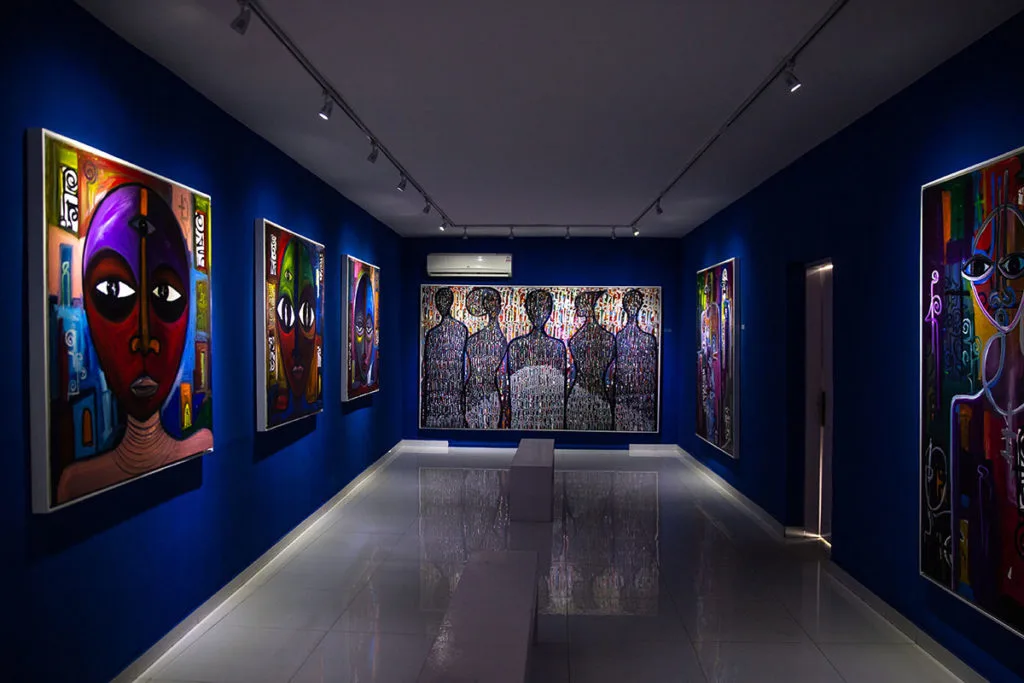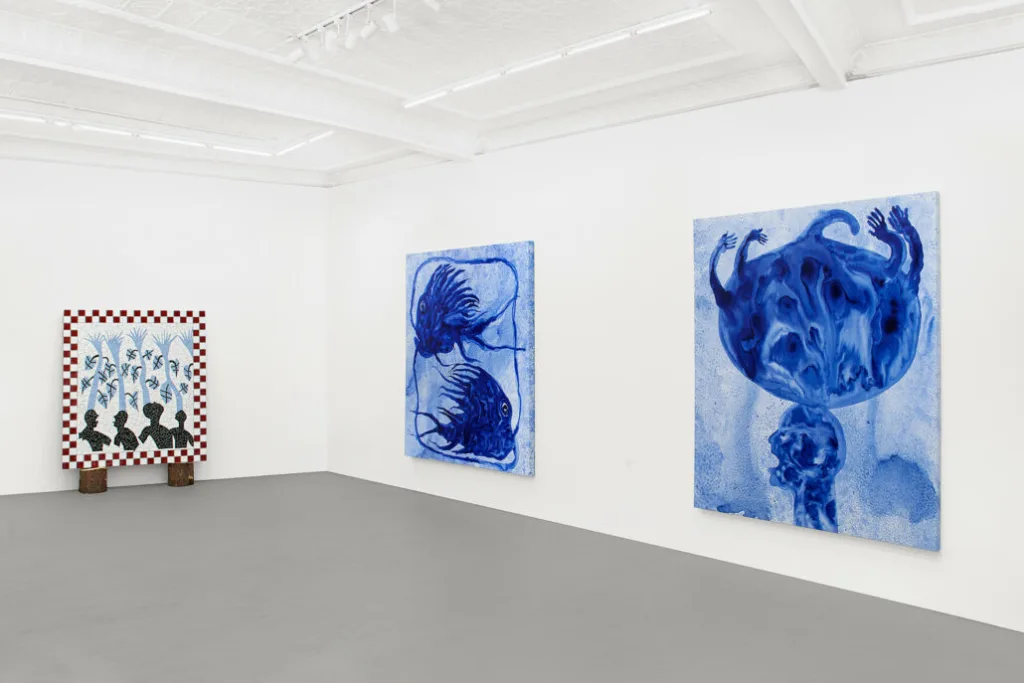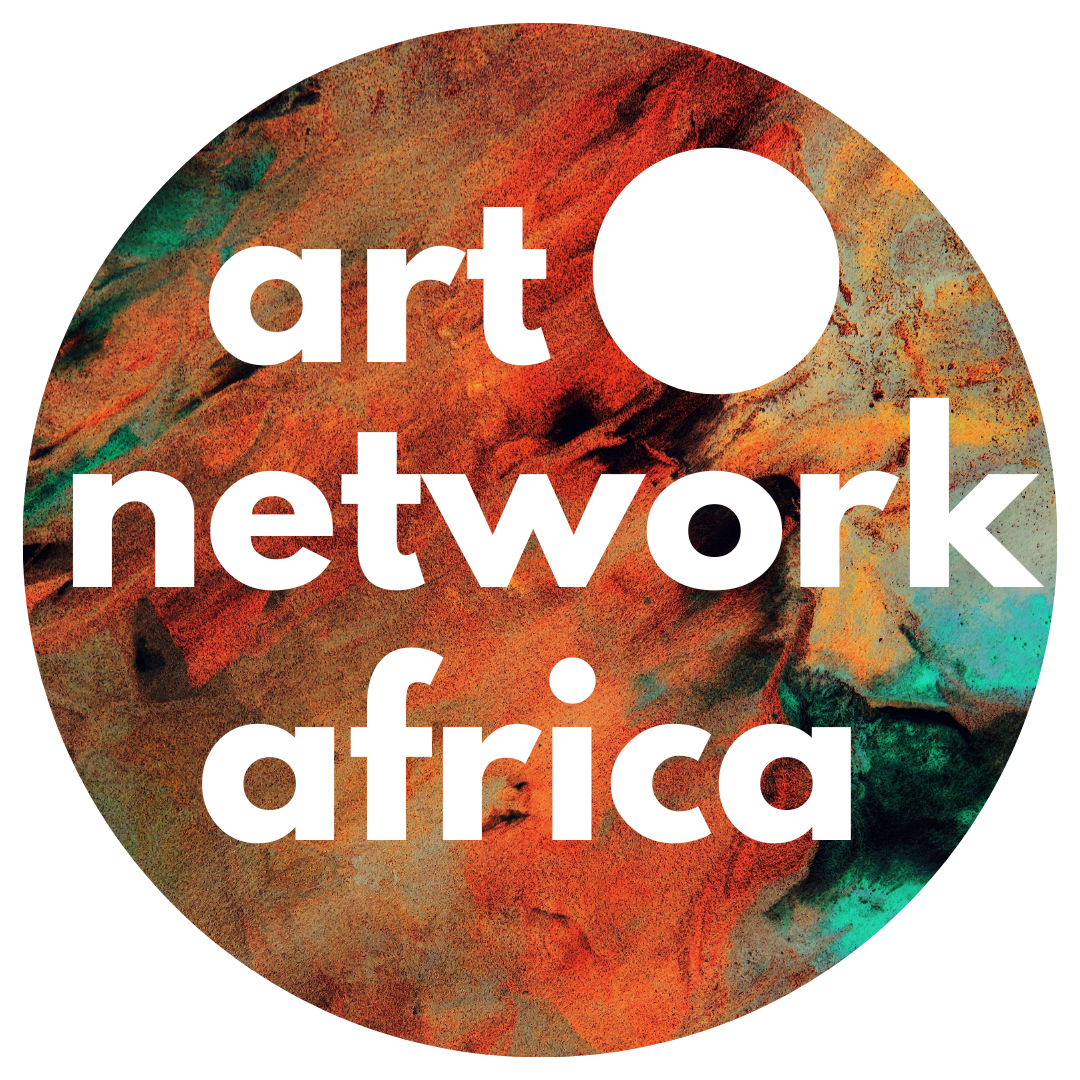Across the vast and diverse landscapes of Africa, folklore weaves together the stories, beliefs, and spirituality of generations. These tales which have been passed down through oral traditions, shape the fabric of African society, offering explanations for the mysteries of life, nature, and the cosmos. Rooted in oral traditions, folklore encapsulates the values, history, and spiritual beliefs of various African communities. As African art evolves, both traditionally and in contemporary forms, the influence of folklore remains ever-present, inspiring visual representations that connect African artists with their cultural heritage.
In many traditional societies, art was not merely decorative, it served as a conduit for expressing collective values, storytelling, and religious practices and this is why African art has always been intertwined with the rituals, daily lives, and spiritual beliefs of its people. For example, the Yoruba people of South-Western Nigeria are known for their elaborate wooden masks and sculptures that depict gods and ancestors from their mythology. The Ifá divination system, central to Yoruba spirituality, has influenced the production of many art forms, with artists using symbols and imagery related to Ifá deities.
Likewise the Dogon people of Mali are known for their wooden sculptures, masks, and religious artifacts, directly inspired by their spiritual beliefs. The folklore of Shona people of Zimbabwe centers on ancestral spirits, known as Mhondoro (lion spirits), who are believed to guide the living. This connection to spiritual entities is expressed in the stylized human and animal figures that Shona sculptors carve from serpentine stone. Same goes for the Fang people of Gabon, Zulu people of South Africa and the Maasai people of Kenya and Tanzania, with folklore rich enough to influence themes and imagery of contemporary African art.
In the contemporary era, African artists have embraced both modern techniques and global artistic influences while still drawing on the themes and imagery of traditional folklore. Many contemporary African artists use folklore as a lens to explore identity, history, and social issues, fusing the past with the present.
One example is Nigerian artist, Victor Ehikhamenor who incorporates symbols from Benin folklore in his paintings, drawings, and installations. His works are often filled with intricate patterns and motifs inspired by the oral histories and myths of his Edo heritage.

Ehikhamenor’s art serves as a bridge between contemporary African experiences and the spiritual legacies of his ancestors, highlighting how folklore can be a tool for navigating modern identity in a global world. His art bridges traditional Benin motifs with contemporary narratives, exploring themes of memory, spirituality, identity, and colonialism. Several of his works like The Shrine to Wisdom, The King’s Diary, Oba Ascends the Throne, etc, explicitly convey Benin folklore, mythological figures, and cultural history.
Similarly, Cameroonian artist Barthelemy Toguo draws heavily on African folklore and spiritual symbolism in his performance art and installations. His work focuses on themes of migration, colonialism, environmental degradation, and social justice, but he also incorporates elements of African folklore, mythology, and spirituality.

In his “Life on Earth” series, Water, a recurring motif in Toguo’s work, plays a significant role. In African folklore, water is often seen as a source of life with healing and spiritual powers. He draws on African folklore, mythology, and rituals to reflect the deep connection between the physical and spiritual realms. In this series, figures are frequently portrayed in ritualistic poses, as if engaged in a dialogue with the ancestors or the natural world. Toguo’s other works like Water Carrier, Head Above Water, The Devil’s Head and Purification serves as a reminder of the enduring power of stories and rituals, showing how they continue to shape the cultural and spiritual lives of African people today.
Other contemporary African artists like Wangechi Mutu and El Anatsui highlight African folklore in their artworks. In Mutu’s mixed media collages and sculptures, the human body is often depicted in otherworldly forms, evoking mythological creatures and spirits that exist beyond the physical realm. Her work serves as a visual commentary on the intersection of folklore, gender, and postcolonial identity.

El Anatsui, known for his monumental sculptures made from discarded materials, often imbues his works with historical and cultural stories that reference African folklore. His pieces serve as visual narratives, weaving together myths, memories, and material histories into large, symbolic structures.

As African art continues to garner international attention, folklore remains an essential thread that links the continent’s diverse artistic practices with its rich cultural heritage. Through their work, these artists ensure that folklore, though ancient, remains relevant, resonating with contemporary audiences and shaping the future of African art.
In essence, African folklore is not only a reflection of the past but a living tradition that continues to inspire the creative process, offering endless possibilities for storytelling and artistic exploration in the modern world.


